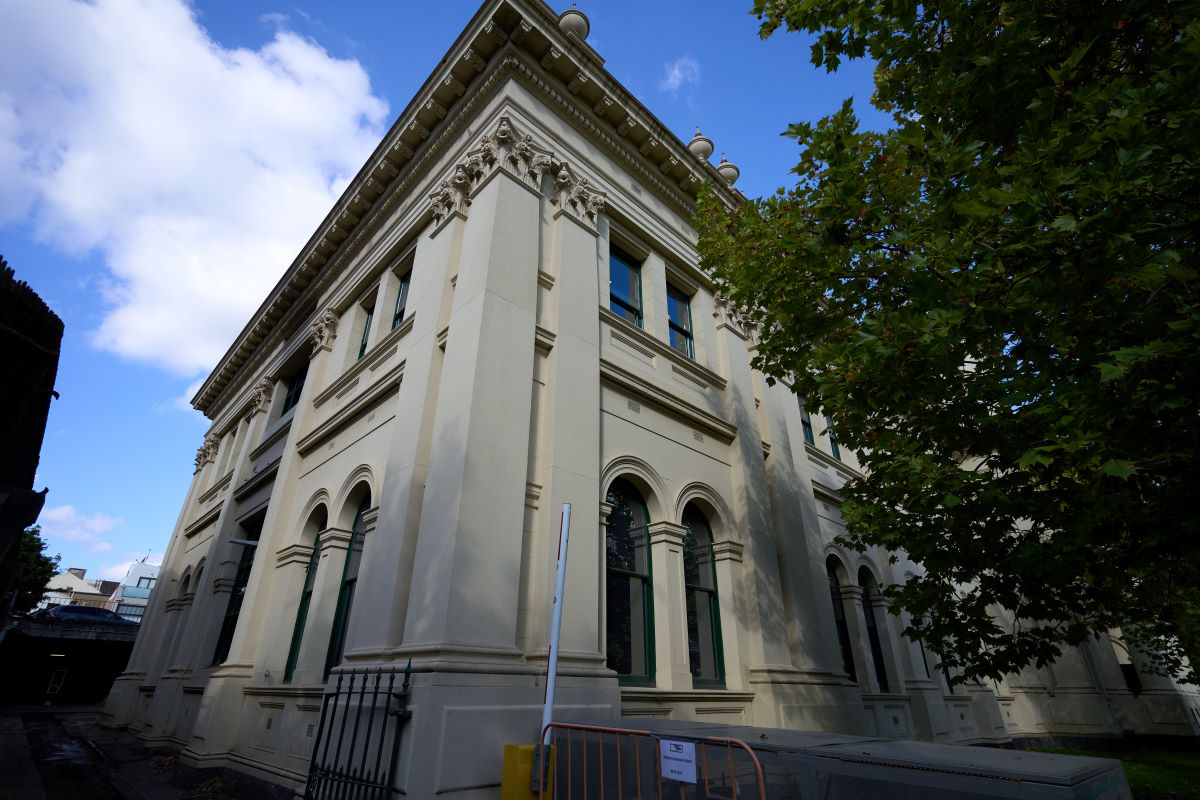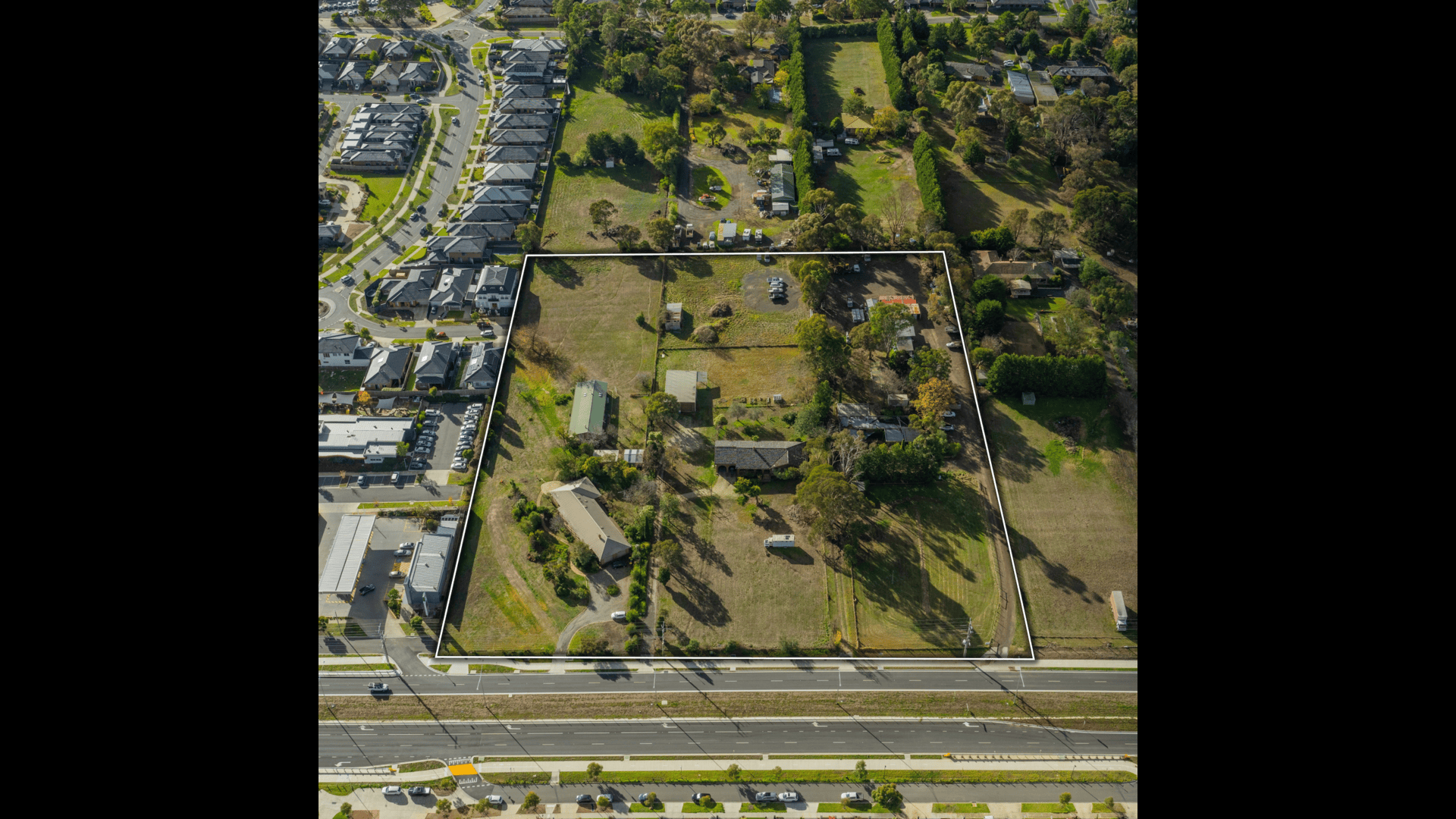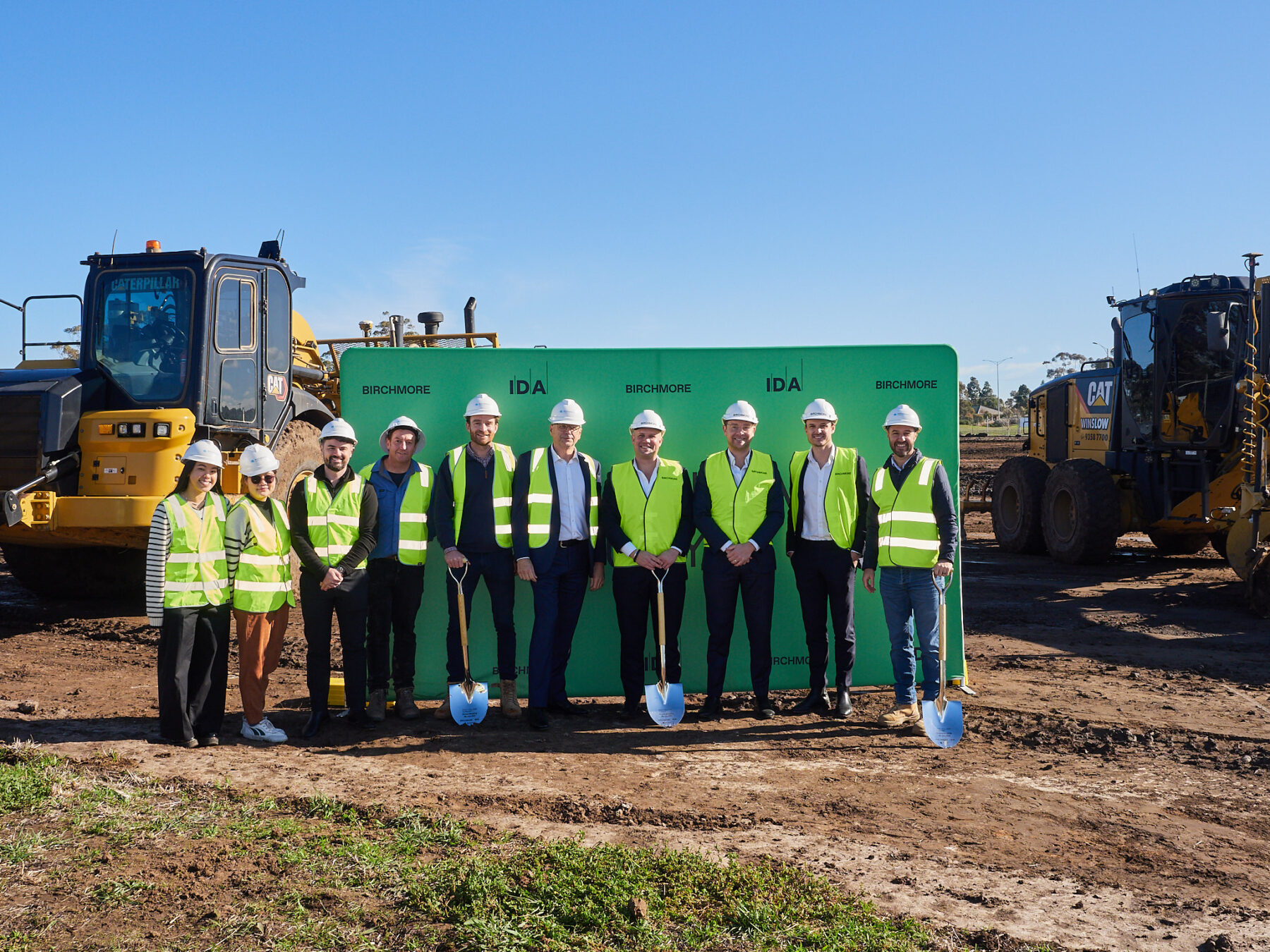Mirvac unveils industry-first apartment made from waste glass and textiles
4 March 2021
Mirvac today revealed an industry-first apartment, made using waste materials, that has the potential to revolutionise home construction and at the same time transform household waste into a valuable resource.
At the unveiling of the revolutionary Pavilions apartment at Sydney Olympic Park, attended by NSW Energy and Environment Minister Matt Kean, industry leaders had a glimpse into the future – flooring, wall tiles, kitchen and lighting features, and furniture and artworks, made from waste glass and textiles.
The “green ceramics”, used for the first time as a construction material, are the result of a collaboration that began in 2019 between Mirvac and the UNSW Centre of Sustainable Materials Research and Technology (SMaRT) led by global pioneer in waste technology, Professor Veena Sahajwalla.
Mirvac CEO & Managing Director, Susan Lloyd-Hurwitz, told the gathering of property, construction, design and sustainability leaders that it was time for the industry to find a more sustainable way to build.
“Every year, an estimated 11 billion tonnes of waste are sent to landfill globally. 92 billion tonnes of materials are extracted, with buildings responsible for around 50 per cent of global materials used,” said Ms Lloyd Hurwitz.
“In Australia, the building industry is responsible for around 60 per cent of the waste we generate. At Pavilions, we have been able to demonstrate a better way to build, using reformed waste, which not only helps our industry but provides a valuable second life for the mountains of glass and clothing, much of which would otherwise find its way to landfill.
“The ‘take make waste’ approach is no longer acceptable, and we are working hard to find a better, more sustainable way to provide Australians with homes and office buildings that are kinder to the planet.
“Our collaboration with Professor Sahajwalla’s team at the SMaRT Centre, makes a valuable contribution to our Planet Positive strategy to send zero waste to landfill by 2030.
“Just as important, we are demonstrating to the broader industry that there are viable commercial and sustainable alternatives that can lead to a more sustainable future, where we consider the whole life cycle of the resources and materials we use in housing and construction.”
Professor Veena said she was delighted that Mirvac was so committed to sustainability and she was impressed the company was prepared to take risks to find new ways and purposes for materials that can end up in landfill.
“Mirvac is a true industry leader and I commend Sue and her team for being part of the journey to help society create a materials revolution where we start to think of, and treat and reform, waste as a renewable resource,” Veena said.
“These very stylish and functional furnishing and products made in our UNSW SMaRT Centre green ceramics MICROfactorieTM show what can be done when science, technology and industry vision and commitment come together.”
NSW Energy and Environment Minister Matt Kean said it was great to see Mirvac partnering with Veena and the UNSW team to help demonstrate the commercial potential of these ground-breaking ‘green ceramics’.
“The innovative Pavilions partnership could be the Blueprint for how we do sustainable development in the future,” Mr Kean said.
“Diverting the large volumes of waste generated on construction sites from landfill to create quality finishes and furniture is not only good for our environment but good for the economy.”
Ms Lloyd-Hurwitz said Mirvac was ready to lead change in the industry as it charts its own path towards zero waste.
“As one of the largest property companies in Australia with an integrated business model that brings together design, development, construction and marketing we are in a unique position to take bold steps that pave the way for others,” said Ms Lloyd-Hurwitz.
“We have an innovation culture that aligns well with the SMaRT Centre whose brilliant scientists and engineers have produced an entirely new built environment material from waste.
“The importance of this collaboration cannot be overstated. To get the green ceramics from the lab to the marketplace it is imperative to first get the product right and also establish that there is a market. To this end SMaRT Centre provides the science and engineering smarts and Mirvac contributes expertise in design, development, construction and marketing.
“It took many months and trial attempts to create a product that is not only fit for purpose but meets the essential customer requirement of being beautiful and durable.”
In 2019, Mirvac and the SMaRT Centre offered a first glimpse of the potential for green ceramics with the unveiling of furniture and artworks in a display apartment at Marrick & Co, the first One Planet Living residential community in NSW.
The positive market response led to an expanded project scope at Pavilions, with green ceramics used for the first time as a construction material in a residential setting.
Months of testing were required to perfect the aesthetics and performance of the product. The material had to comply with the Building Code of Australia, passing tests for slip and fire resistance and acoustics. It also had to meet Mirvac design standards, proving its ability to stand up to normal household wear and tear and the inevitable kitchen spills.
The next stage in the SMaRT Centre collaboration is to investigate opportunities to establish a MICROfactorieTM to enable local sourcing and manufacture of waste into green ceramics.
The SMaRT Centre is also assisting Mirvac on its other development sites in Sydney, identifying materials that can be diverted to recycling or reforming before demolition works begin.
A series of public and industry events and tours will be held in the Pavilions apartment over coming months to build industry awareness of MICROfactorieTM technology and draw attention to the need to reduce waste in construction.
The SMaRT Centre through its many research programs has created the phrase ‘mircorecycling science’ to describe their novel approach to researching innovative approaches and technologies to reform various waste streams into value added materials and products.
Based on this science, SMaRT has developed MICROfactorieTM technologies that use various, discreet modules to transform problematic waste materials, such as glass, textiles and plastics, into new value-added materials and products, such as engineered green ceramics for the built environment and plastic filament as a ‘renewable resource’ for 3D printing.
About ‘Green Ceramics’
The MICROfactorieTM process takes problematic waste materials and ‘reforms’ them into entirely new ‘green ceramics’ and other panels and products for the built environment through a combination of heat and compression. In the Pavilions apartment, green ceramic tiles are used for the first time as a building material.
All tiles are made from a combination of yellow bin glass and textiles, both considered problem waste streams despite their inherent qualities. Green ceramics have been applied to flooring, kitchen splashback and island front, shelving, feature walls, artwork, light fittings and furniture.
Floor Tiles
The combination of two dissimilar waste sources – glass and textiles – creates an entirely new product that makes the technology distinct from other recycled products which are typically turned back into themselves. For example, glass recycled to create glass, PET plastics to create plastics.
Glass is a strong material that loses none of its valuable properties and can be recycled or reformed many times over. Textiles provide the colour and aesthetic but also a technical addition, playing an important role in meeting building standards.
The tiles have been tested for slip, fire and acoustic properties.
The floor tile has a terrazzo look that can be controlled to a degree. There is variability in the material which gives it its own grain and character, much like a piece of timber or natural stone. The character, grain or story is embedded in the green ceramic product.
Cost v Benefit
There is an energy cost to recycle waste but all materials have a level of embodied energy, which, combined with transport, is often the most significant part of the impact of objects. When you eliminate transport and virgin materials manufacturing, you save large amounts of energy.
An important element of the MICROfactorieTM technologies is that they are designed to operate locally, collecting waste and manufacturing at source rather than large scale mass production which adds unnecessary transport to the cost and energy equation.
Disclaimer: The information contained on this web site is general in nature and does not take into account your personal situation. You should consider whether the information is appropriate to your needs, and where appropriate, seek professional advice from a financial adviser.









